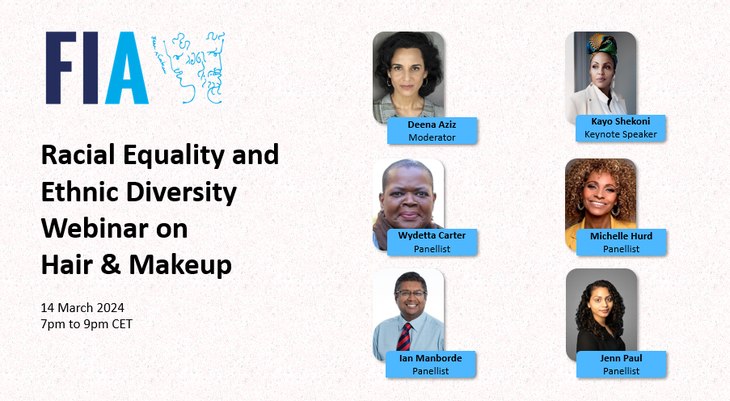At its 21st Congress held in 2016 in Sao Paulo, Brazil, the International Federation of Actors adopted Motion 11 on Circus Artists. Through this motion, the Federation committed to conducting an international survey of its affiliates to collect data on the working conditions in the circus sector, with the aim of subsequently formulating recommendations to help its members ensure decent and fair working conditions for circus artists.
The Federation launched its 51-question survey in summer 2019 and collected 27 responses from unions and professional associations around the world. FIA also drew on a number of relevant articles and books about circus to support the survey results, qualify them or, in some cases, provide additional information. The report presenting the results of the survey was finalized in 2023 and approved by the FIA Executive Committee in Istanbul.
The FIA Report of the Working Conditions of Circus Artists is structured as follows.
First, it begins with an introduction which explains the context of this work, its purpose, and limitations. It also gives a definition of the circus and briefly recall its history. The report is then divided into six chapters, each dealing with a specific aspect of the working conditions of circus artists, and finally ends with conclusions and recommendations.
The first chapter of this report is entitled “The Circus Sector Worldwide” and aims to provide a better understanding of the circus sector on an international scale. It looks at circus disciplines, identifying the circus artists represented by the FIA unions and their disciplines. It then presents the different types of circus, distinguishing between the traditional circus, heir to the circus born in the 18th century, and the contemporary circus, born later as a result of a questioning of the codes of the traditional circus. This chapter also looks at circus venues and at the funding the sector sometimes receives.
The second chapter of the report deals with labour law, contracts and the protection provided by collective agreements for circus performers. Our survey reveals that circus artists are very often self-employed, whether in the traditional or contemporary circus, and that this status has an impact on their ability to benefit from the protection guaranteed by labour law, particularly in terms of social security. This chapter also looks at the persistence of a certain informality of work in the circus, inherited from the traditional circus which relied, and still relies mainly, on families. Finally, it examines the collective agreements applicable to circus performers.
Chapter 3 addresses health and safety issues in the circus sector. After listing the most common health and safety concerns of circus performers, this chapter looks at the legal health and safety obligations that apply to circus performers and then explores other ways of guaranteeing the health and safety of circus artists, such as the DAF health and safety check lists in Denmark. This chapter also explores the issues of the non-artistic tasks that circus artists are often asked to perform in additional to their artistic work, as well as the issue of bullying and sexual harassment.
Chapter 4 is devoted to the education and training of circus artists. It first examines the different types of initial training for circus artists and then explores the issues of access to lifelong training and retraining, a particularly important subject for these artists who very often have to change careers due to the physical intensity of the profession.
The fifth chapter of the report focuses on the mobility of circus artists and the challenges it presents. After highlighting the global nature of the sector, this chapter lists the various problems related to the international mobility of circus artists: visas and work permits, access to social security, taxation, accommodation while on tour and freight. It then stresses the need for greater international trade union solidarity and more direct cooperation between performers’ unions to better protect members working abroad.
Finally, the last chapter of the report covers other issues related to circus performers, and in particular the questions of child circus performers, diversity in the circus sector, intellectual property rights and the reduction of the use of wild animals in shows.
The report concludes with a series of recommendations, most of which are addressed to FIA members, although some also concern the Federation. The most general one is to include circus artists as a special group in all discussions and work that might concern them, whether it is a project on atypical work, a panel on sexual harassment or discussion on intellectual property.
The Federation would like to thank the members of the FIA Advisory Working Group on Circus for their support and advice in carrying out this work.
The FIA Report on the Working Conditions of Circus Artists is available in English and French. Additional translations in Spanish and Russian will be made available in the coming year.
FIA Report on the Working Conditions of Circus Artists (EN)
Rapport de la FIA sur le Conditions de Travail des Artists de Cirque (FR)





